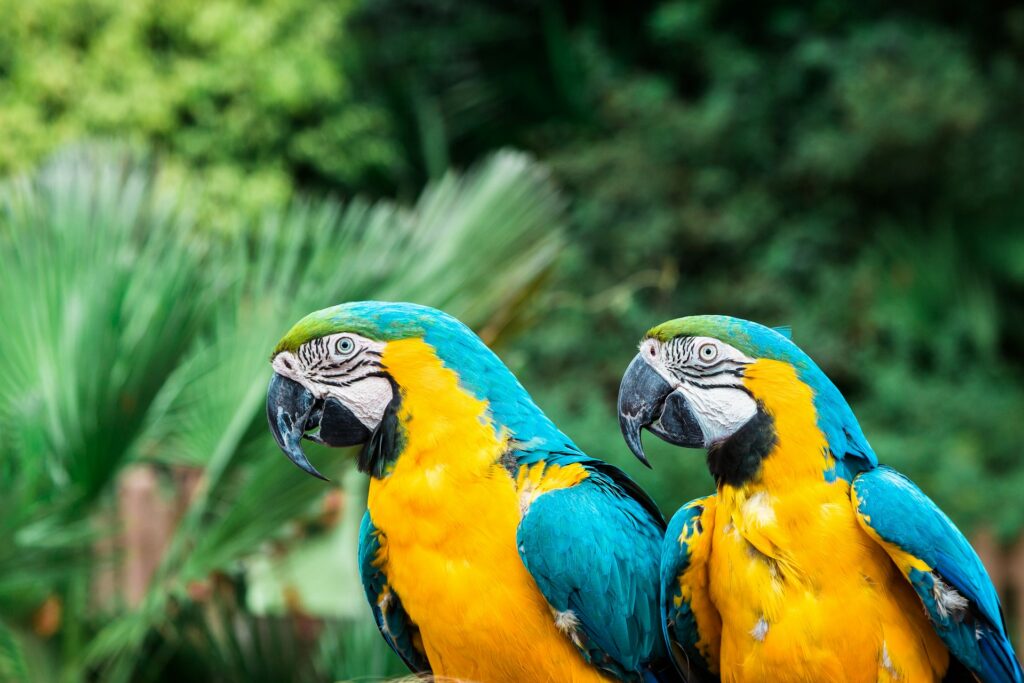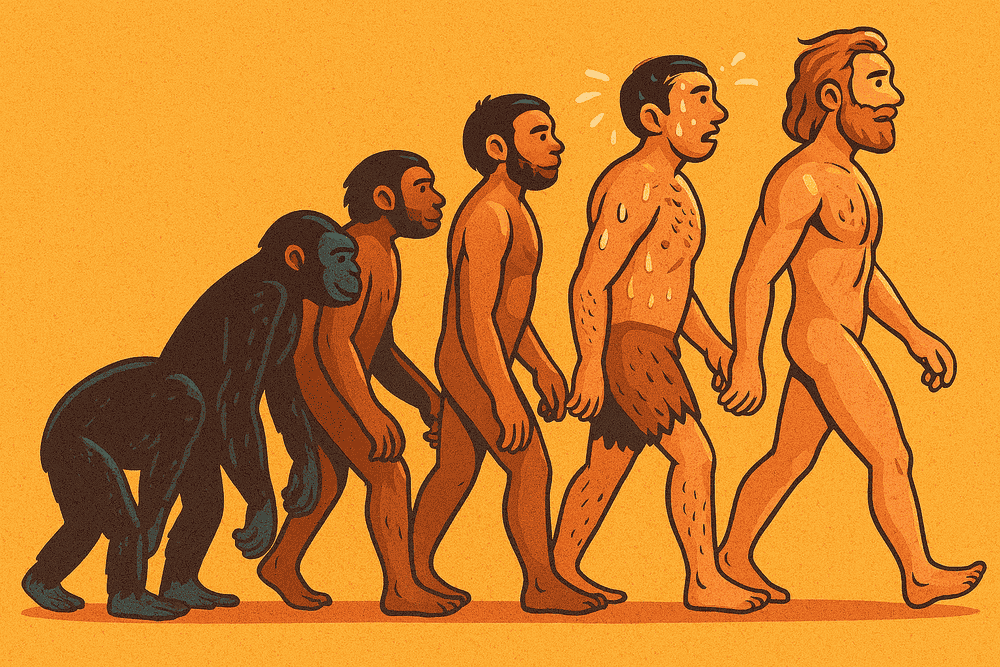Parrots have long been known for their incredible ability to mimic human speech. In fact, in English, the word “parrot” is also a verb meaning “to repeat something mechanically, without understanding.” But what makes parrots so good at copying our voices—and why don’t they sing like songbirds?
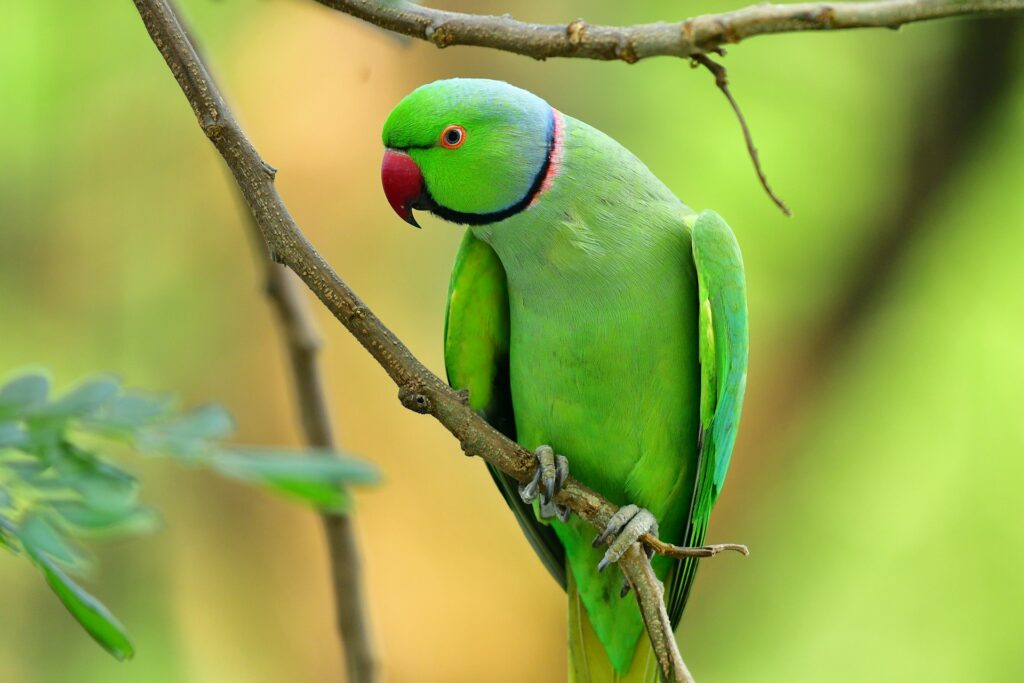
Vocal Mimicry in Birds
Many animals can produce sounds unique to their species, but some can go beyond and imitate the sounds of other animals, including humans. These creatures are known as vocal mimics.
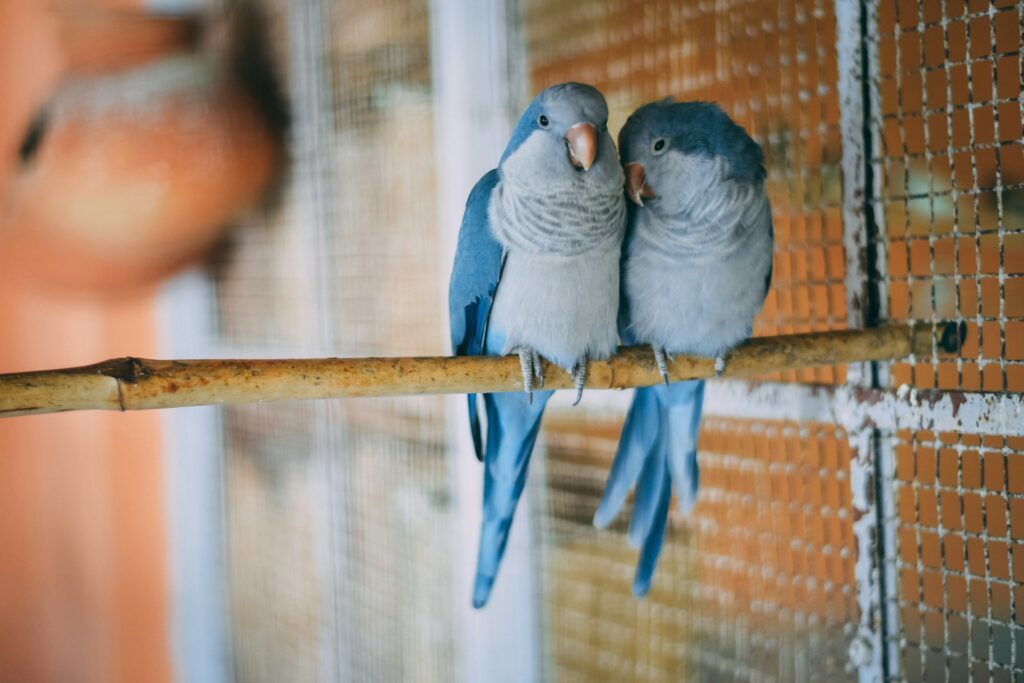
The majority of vocal mimics in the animal kingdom are songbirds. These birds, which include species like sparrows and nightingales, learn to sing by imitating the calls of adult males during their early development. Studies on zebra finches show that chicks begin mimicking adult songs just a week after hatching.
If separated from adult birds during this critical period, young birds often develop abnormal songs, proving that learning through exposure is essential to their vocal development.
Why Mimicry Exists in Nature
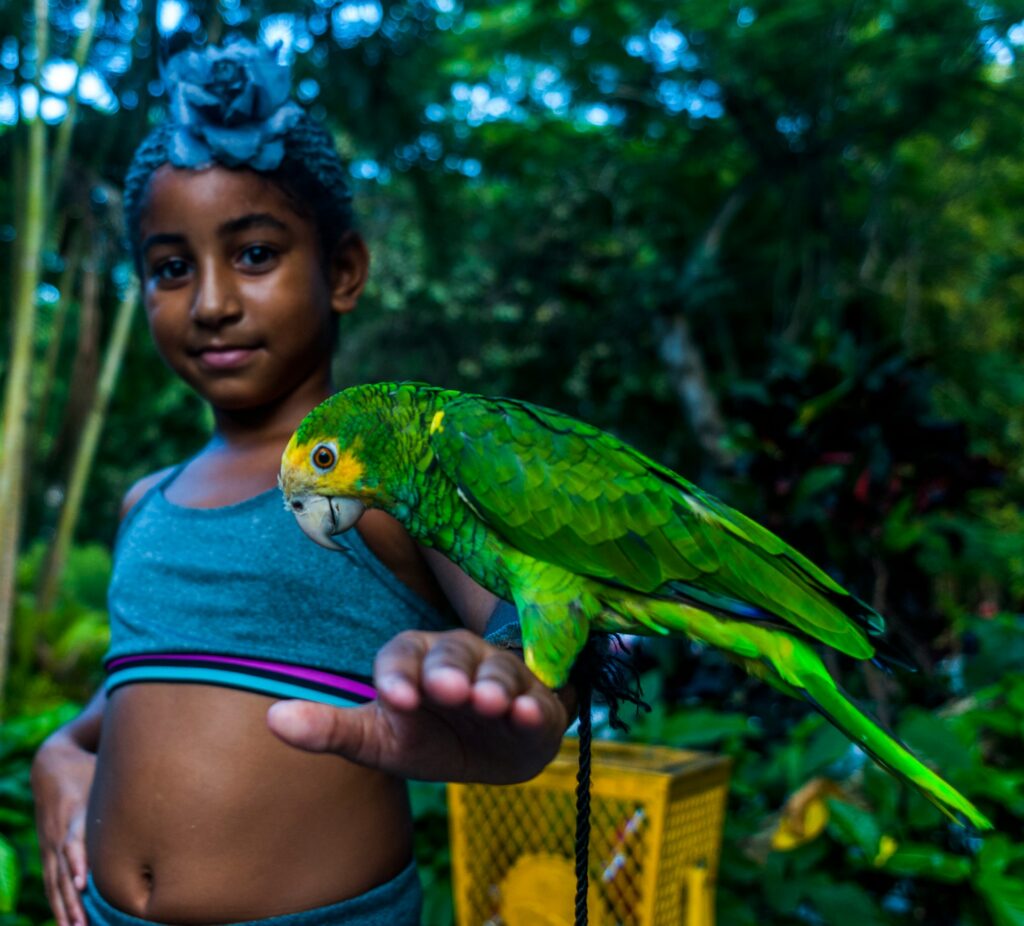
Back in the 1930s, researchers noticed that male parrots were better at mimicking than females. This led to the theory that vocal mimicry originally evolved as a courtship strategy—a way for males to impress potential mates. The wider a bird’s vocal range, the more successful it might be in mating.
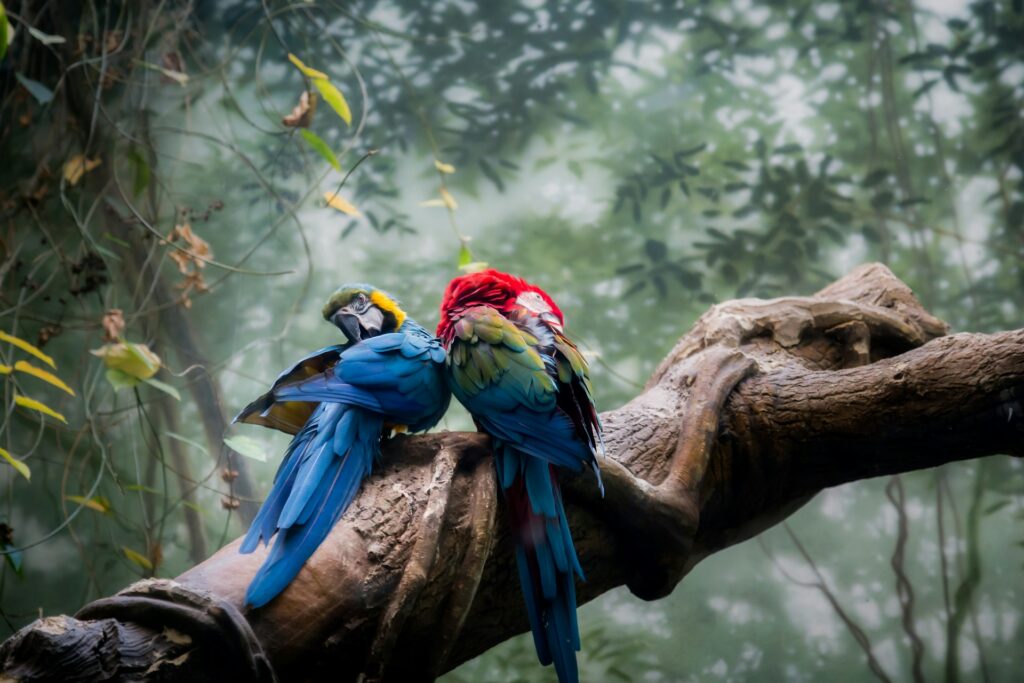
Over time, evolution favored birds with greater vocal flexibility, allowing them not only to learn songs from their own species but also to imitate sounds from other species, including humans.
So Why Do Parrots Mimic Human Speech?
Parrots are not songbirds, yet they are some of the most advanced vocal mimics in the animal kingdom. Unlike songbirds that sing to mate or defend territory, parrots often mimic human speech simply to bond socially—especially when raised in captivity.
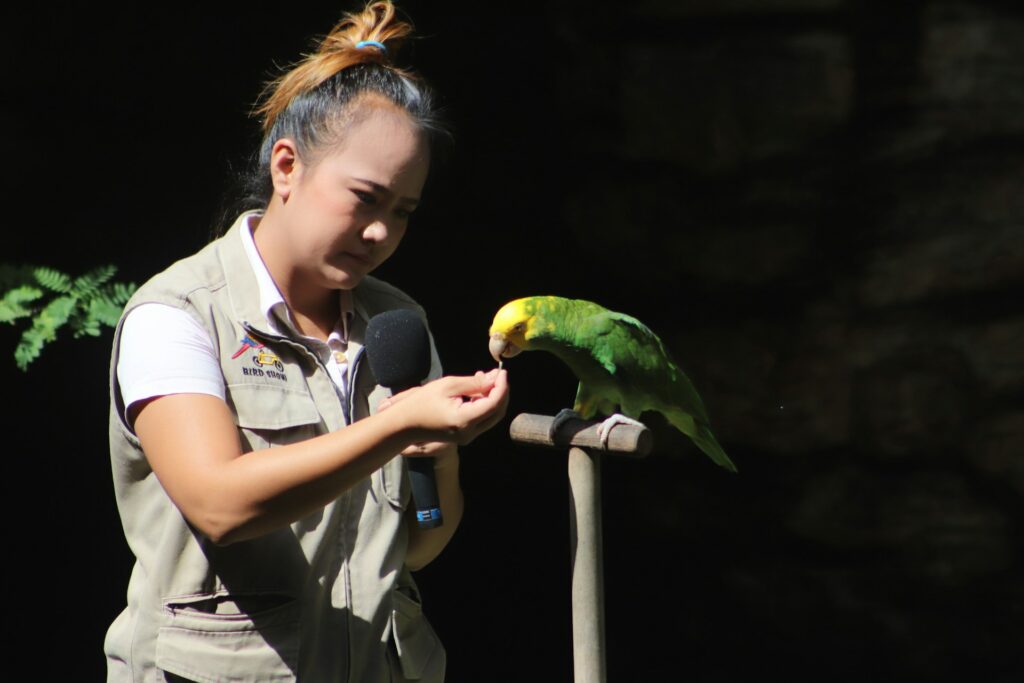
Research shows that parrots mimic the sounds they hear from their caretakers as a way to form social connections. In the wild, parrots also mimic the calls of other species for similar social reasons.
How Close Is Parrot Speech to Human Language?
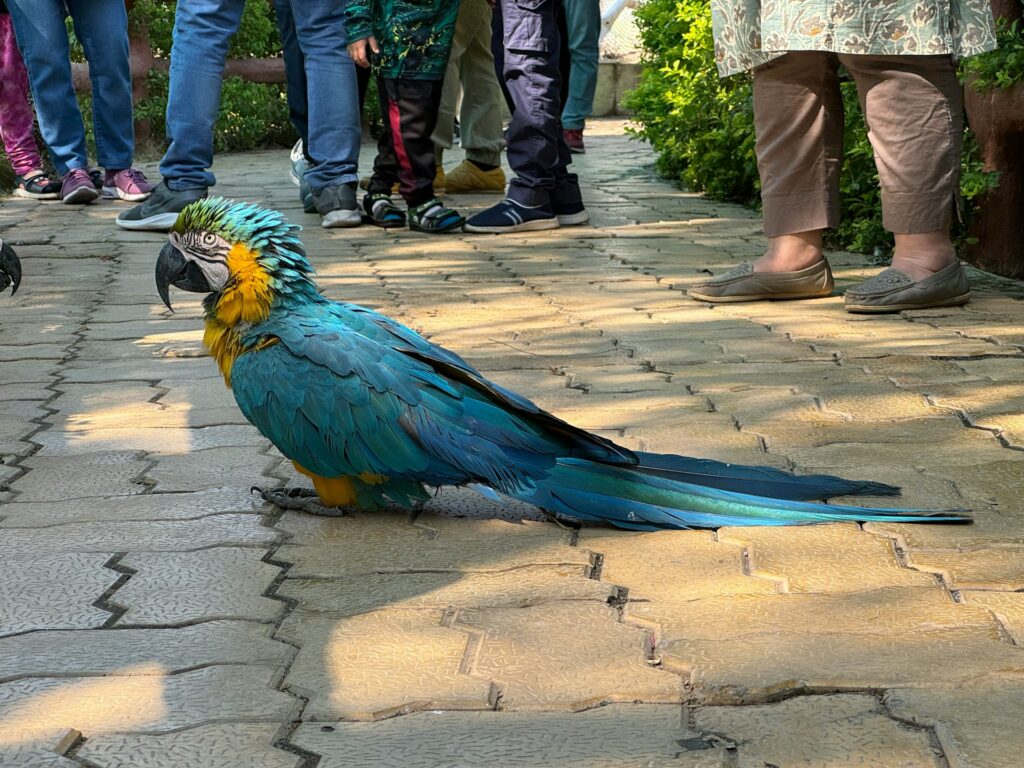
One study of an African grey parrot revealed that it could learn hundreds of words, understand their meanings, recognize objects by name, and even count. This sparked widespread interest, as it showed parrots don’t just parrot—they understand and process sound patterns, much like humans do.
This discovery challenged the long-held belief that only humans could use complex language. Parrots have demonstrated abilities like rhythm recognition, auditory memory, and sound-label associations—all traits previously considered exclusive to humans.
The Secret Behind the Parrot’s Voice
Unlike humans, parrots don’t use vocal cords to make sounds. Their vocalizations come from a specialized organ called the syrinx, located at the base of their trachea. Most birds have two vibrating membranes in the syrinx, but parrots typically have only one. They use their flexible tongues and beaks to shape the sounds as air passes through.
More impressively, parrots have unique brain wiring. While songbirds have one vocal learning center in the brain, parrots possess an additional, specialized vocal system that helps them hear, memorize, modify, and reproduce sounds more efficiently.
This dual neural system is likely what gives parrots their remarkable control over vocal learning—enabling them to mimic barking dogs, crying babies, or recite complex human phrases.
In Summary
Parrots mimic human speech not to sing, attract mates, or deter predators—but to connect socially, just as humans do with language. While they can’t technically “talk,” their vocal learning abilities are some of the most advanced in the animal world, and science is only beginning to understand just how close they are to our own.
